Summary
- Key Figures on Customer/Consumer Behavior
- Definition: Customer Behavior
- What is the Purpose of Analyzing Customer Behavior?
- Customer Behavior Analysis: What Are the Benefits?
- Key Points to Master for Successful Customer Behavior Analysis
- Why is Customer Behavior Analysis Important?
- What Tools Are Used to Analyze Customer Behavior?
- Are you ready to turn this into a growth lever for your business?
- Customer Behavior FAQ
Tracking customer behaviour contributes to developing targeted marketing strategies and improving the customer experience. It helps businesses understand consumers' habits, preferences, and purchasing decisions.
By identifying factors that influence purchases and tracking consumption trends, brands can adjust their offerings to better satisfy their customers.
This analysis relies on data from customer interactions with products and services, as well as their behaviour on social media. By leveraging this information, businesses can strengthen customer loyalty and attract new buyers.
The following lines detail the importance and methods of consumer behavioural analysis, showing how it transforms customer interaction and optimises marketing strategies.
Key Figures on Customer/Consumer Behavior
The importance and impact of customer behaviour analysis are highlighted by several key figures, essential for marketing strategies and improving customer satisfaction.
Consumer Expectations 🎯
A Salesforce study reveals that 63% of B2C consumers expect brands to anticipate their specific needs, a figure that rises to 76% for B2B customers. This underscores the importance of personalisation and an in-depth understanding of customer behaviour.
Cart Abandonment 🛒
Customer behaviour analysis can play a decisive role in increasing conversion rates and reducing cart abandonment. With over 70% of online purchases left incomplete, understanding customer behaviours allows businesses to identify and effectively address points of friction.
Use of Channels and Tools 📱
- 73% of consumers embrace omnichannel shopping by interacting with brands on multiple channels before making a purchase.
- Businesses are adopting AI to handle customer service requests, but customer acceptance varies depending on the situation: 38% of customers are willing to have their refund requests managed by AI. 26.5% are open to AI handling complaints.
- Over 60% of B2B transactions start online.
Definition: Customer Behavior
Consumer behaviour is essential in marketing and customer experience management, representing all the actions and reactions of a person as a current or potential customer in a specific commercial context.
Influencing Factors
The reactions described are influenced by various factors, including:
- Needs and Motivations: What drives the customer to seek and acquire products or services.
- Expectations: The consumer's anticipations regarding quality, service, and overall experience.
- Decision Criteria: Specific factors that determine the purchase decision, such as price, quality, brand, etc.
- Influence Groups: Social groups, friends, or family who may influence purchasing decisions (especially in B2C).
- Opinion Leaders: Personalities or experts who can guide consumers' choices.
What is the Purpose of Analyzing Customer Behavior?
This analysis focuses on consumers' actions, aiming to identify the elements influencing their choices, purchases, usage, or rejection of products or services. It helps businesses adapt to or strategically influence consumers' reactions.
It is important to note that reactions can vary depending on several factors:
- Purchase Frequency: How often consumers make purchases.
- Value and Quantity of Products or Services: The amount and volume of products or services acquired.
- Mode of Consumption: Whether online or in-store, the consumption mode affects consumer reactions.
Understanding these variations helps companies effectively segment their market and develop targeted marketing strategies.
Customer Behavior Analysis: What Are the Benefits?
Behavioural analysis enables companies to:
- Create Tailored Experiences: By understanding consumers' preferences and specific needs, businesses can design personalised customer experiences.
- Improve Product Management: By analysing behavioural trends, companies can optimise their range of products and services.
- Design Relevant Marketing Campaigns: Behavioral insights assist in developing targeted and effective marketing campaigns.
- Anticipate Customer Needs: By capturing behavioural trends, businesses can anticipate customer needs, thereby enhancing loyalty.
Key Points to Master for Successful Customer Behavior Analysis
Behavior analysis helps businesses understand the motivations, preferences, and actions of their customers throughout the sales cycle.
Data Collection Methods
Various data collection methods are employed for this analysis. Market studies and customer satisfaction surveys play an essential role by providing qualitative and quantitative data on consumer behaviour.
Focus groups and individual interviews help capture customers' attitudes and perceptions in detail, while online and telephone surveys provide quantitative data applicable to a broad segment of the population.
You can also use conversation intelligence software to gain relevant insights into your customers' telephone behaviour.
Analysis of Sales Data and Customer Journey
Studying sales data and the customer journey across various channels is fundamental.
By analysing the path followed by consumers through different touchpoints (websites, mobile apps, physical stores), businesses can detect obstacles encountered during purchases and improve every stage of the conversion process.
This includes examining purchase histories, web traffic, the duration of online visits, and social media engagement.
Use of Technology Tools
Technological tools are essential for behavioural analysis. Platforms like Google Analytics or Adobe Analytics facilitate the tracking of users' online behaviour, while Customer Relationship Management (CRM) systems and customer management software consolidate data on consumer interactions.
AI and machine learning tools, such as conversation intelligence software, are also used to process large amounts of data and predict future buying trends.
Identifying Patterns and Trends
Behavioural analysis makes it possible to identify key patterns and trends.
By recognising these elements, businesses can predict future consumer behaviours, understand the factors influencing their purchase decisions, and adjust their marketing strategies accordingly.
For example, tracking discussions on social media allows businesses to capture emerging trends and respond promptly to customer feedback.
Personalising the Customer Experience
Personalising the customer experience is one of the main applications of behavioural analysis.
By designing experiences tailored to each customer segment, businesses can increase satisfaction and customer loyalty.
This can include personalized product recommendations, targeted special offers, and optimized shopping journeys.
Why is Customer Behavior Analysis Important?
Customer behaviour analysis plays a crucial role in shaping marketing strategies and managing the customer experience within businesses. Several factors highlight its importance:
1. Informed Decision-Making
It provides valuable insights, enabling businesses to make informed decisions. By analysing how customers interact with their brand, businesses can detect trends and behavioural patterns, guiding choices in product development, pricing, and marketing strategies.
2. Personalization of Customer Experience
Understanding customer behaviours makes it easier to personalise their experience. By analysing preferences, purchase habits, and touchpoints, businesses can design targeted marketing campaigns and tailored interactions, thereby increasing satisfaction and customer loyalty.
3. Anticipating Needs
This analysis also helps anticipate customer needs. According to Salesforce, 67% of B2B customers and 54% of consumers expect businesses to anticipate their needs. By capturing behavioural trends, businesses can proactively act to meet customers' expectations before they are even expressed.
4. Improving Loyalty
Building customer loyalty is another critical reason. By offering personalised experiences and meeting customer expectations, businesses can strengthen loyalty and improve retention rates, leading to significant growth and increased sales.
5. Optimizing Marketing Campaigns
Insights from customer behavioural analysis allow businesses to refine marketing campaigns. By identifying pain points and understanding the most persuasive arguments for acquisition and customer retention, businesses can launch ultra-personalised and highly effective ads.
6. Better Understanding of Purchase Motivations
Finally, this analysis reveals both explicit and implicit purchase motivations. Such understanding enables businesses to craft marketing strategies that resonate with customers, strengthening the bond between the brand and its consumers.
What Tools Are Used to Analyze Customer Behavior?
To decode customer behaviour, it's important to use a variety of specialised tools. These tools collect, analyse, and interpret data related to customer interactions. Below is a selection of the most relevant tools for this purpose.
Table: Customer Behavior Analysis Tools
| Tool | Main Features | Key Benefits |
|---|---|---|
| Empower by Ringover | Call transcription, sentiment analysis tools, key moment detection, team performance evaluation | Continuous improvement of customer experience, opportunity detection |
| Google Analytics | Web traffic tracking, visit duration analysis, bounce rates, and conversions | Detailed insights into engagement |
| Hotjar | Heatmaps + session recordings | Identifying improvement points, enriching user experience |
| Microsoft Clarity | Heatmaps with frustration click detection | Precise insights |
| Meltwater | Media monitoring and trends, social media interaction analysis | Predictive insights to refine strategies |
| Brandwatch | Historical and real-time data, predictive analysis | Anticipating customer needs and identifying market trends |
| Mixpanel | Mobile and web application analysis, user segmentation | User journey optimization |
| Smartlook | Session recordings, heatmaps | In-depth understanding of user actions and motivations |
| Kissmetrics | Visitor and interaction analysis, marketing campaign tracking | Creating targeted campaigns, improving user engagement |
Empower by Ringover: For Analyzing Customer Interactions
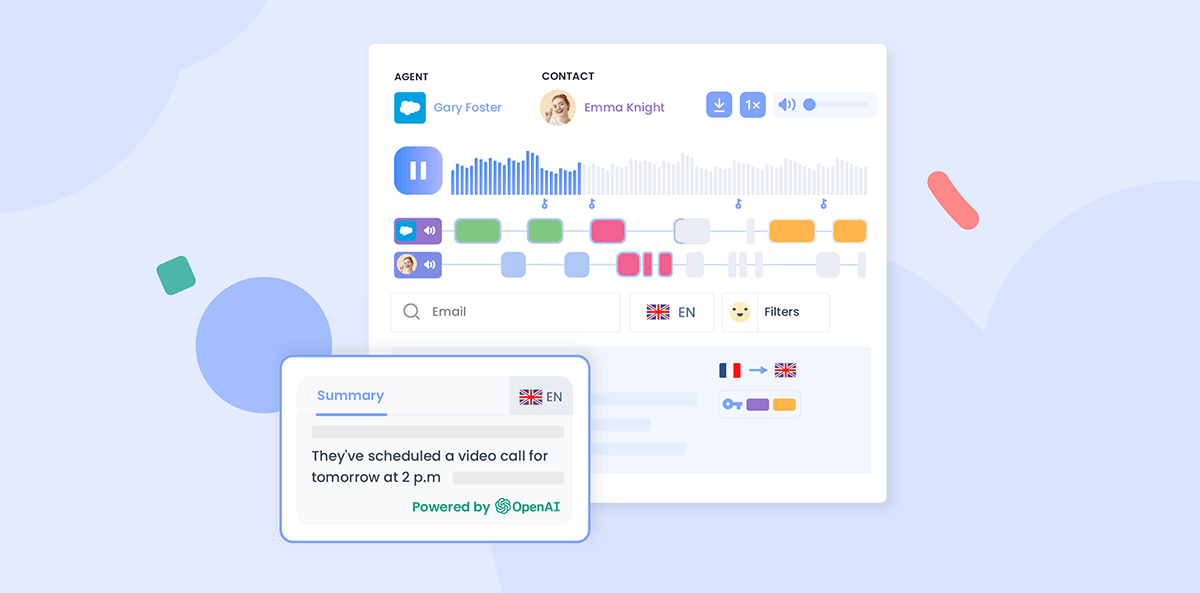
With its fast and accurate call transcription capability, Empower turns every customer interaction into a goldmine of actionable insights.
Identify trends, analyze keywords, evaluate team performance, and continuously improve the customer experience.
Empower helps detect opportunities, refine business strategies, ensure impeccable follow-up, and enhance the customer experience when interacting with your teams. Unlock the potential of your conversations to boost performance and achieve your goals faster.
Google Analytics
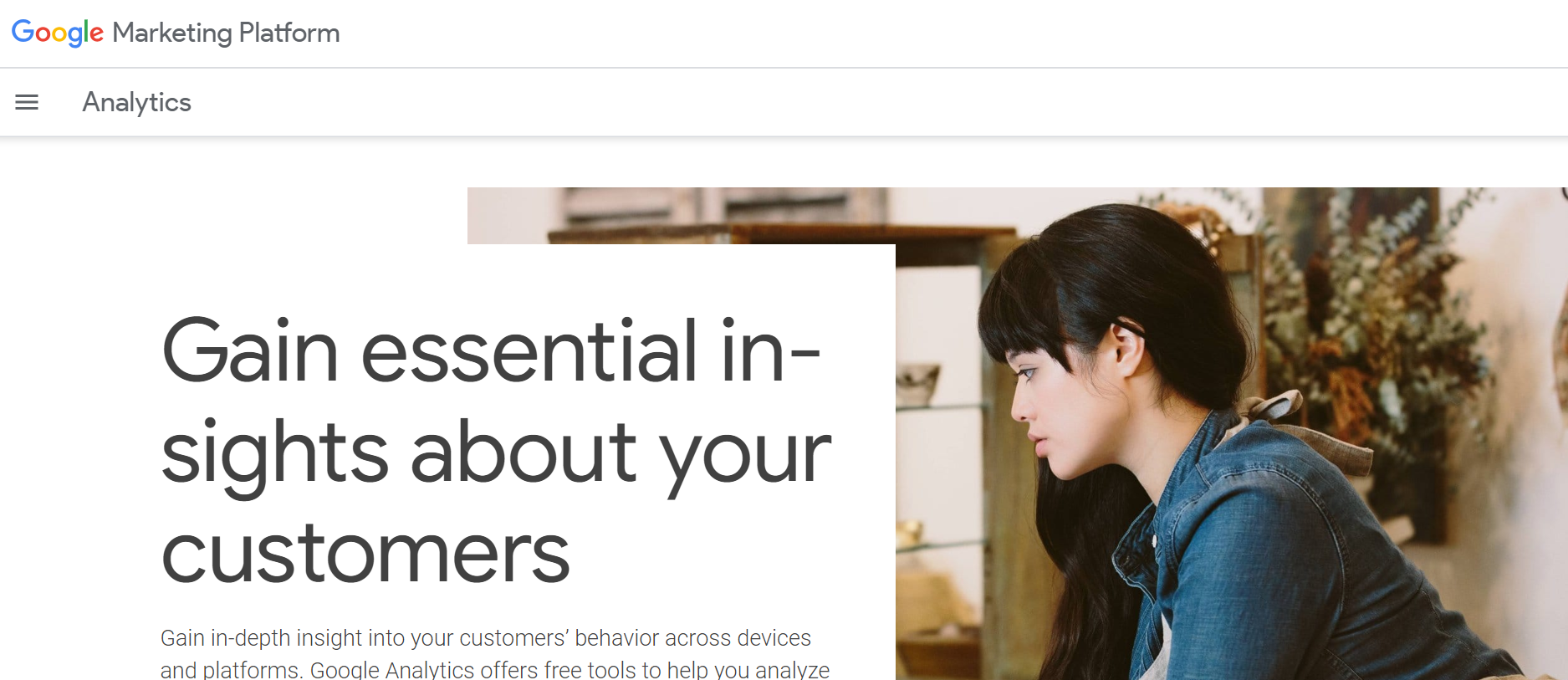
Google Analytics stands out as the most widely used web statistical tracking tool, offering precise insights into traffic, visit durations, bounce rates, and conversions. For a more detailed analysis of user engagement, it is often paired with other behavioral analysis tools.
Hotjar
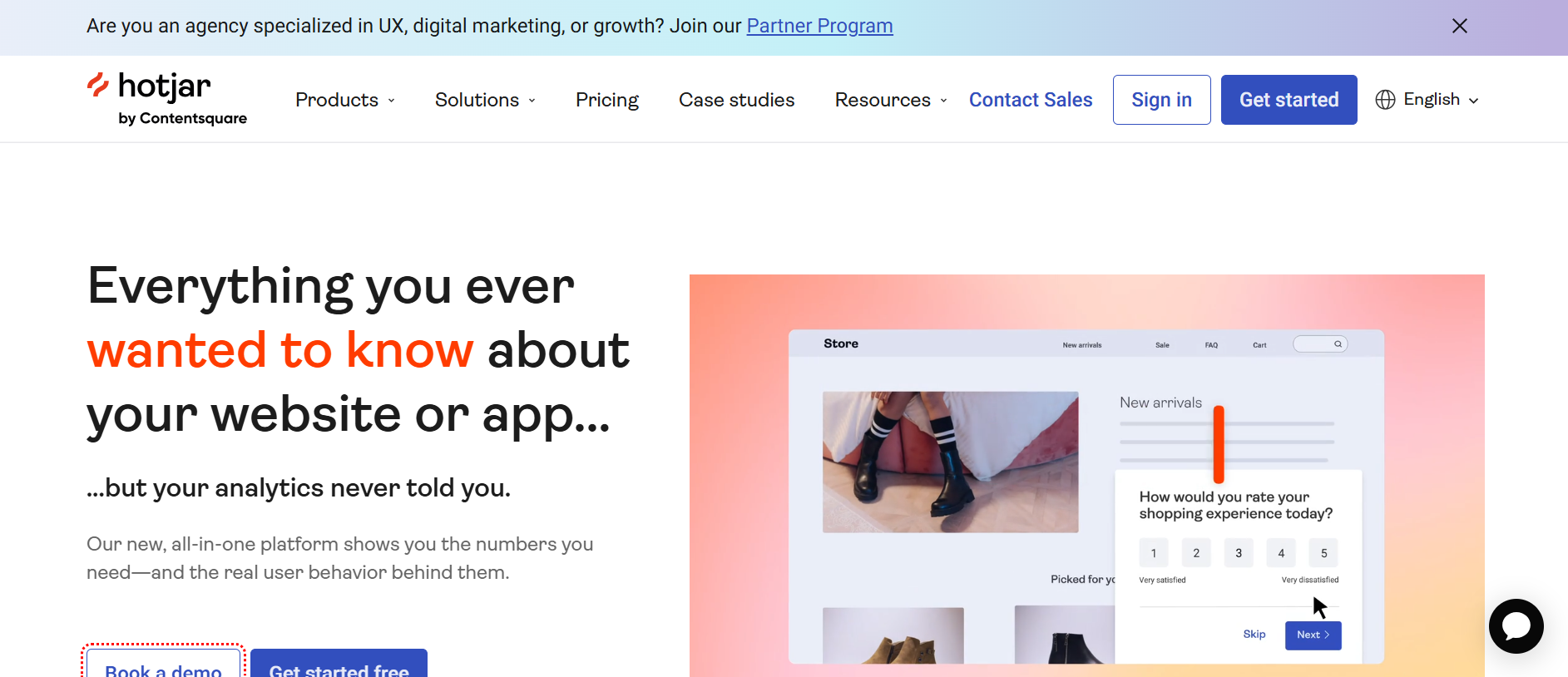
Hotjar specializes in behavioral analysis through heatmaps and session recordings, vividly illustrating interactions on a website. These features highlight potential areas for improvement to enhance the user experience.
Microsoft Clarity
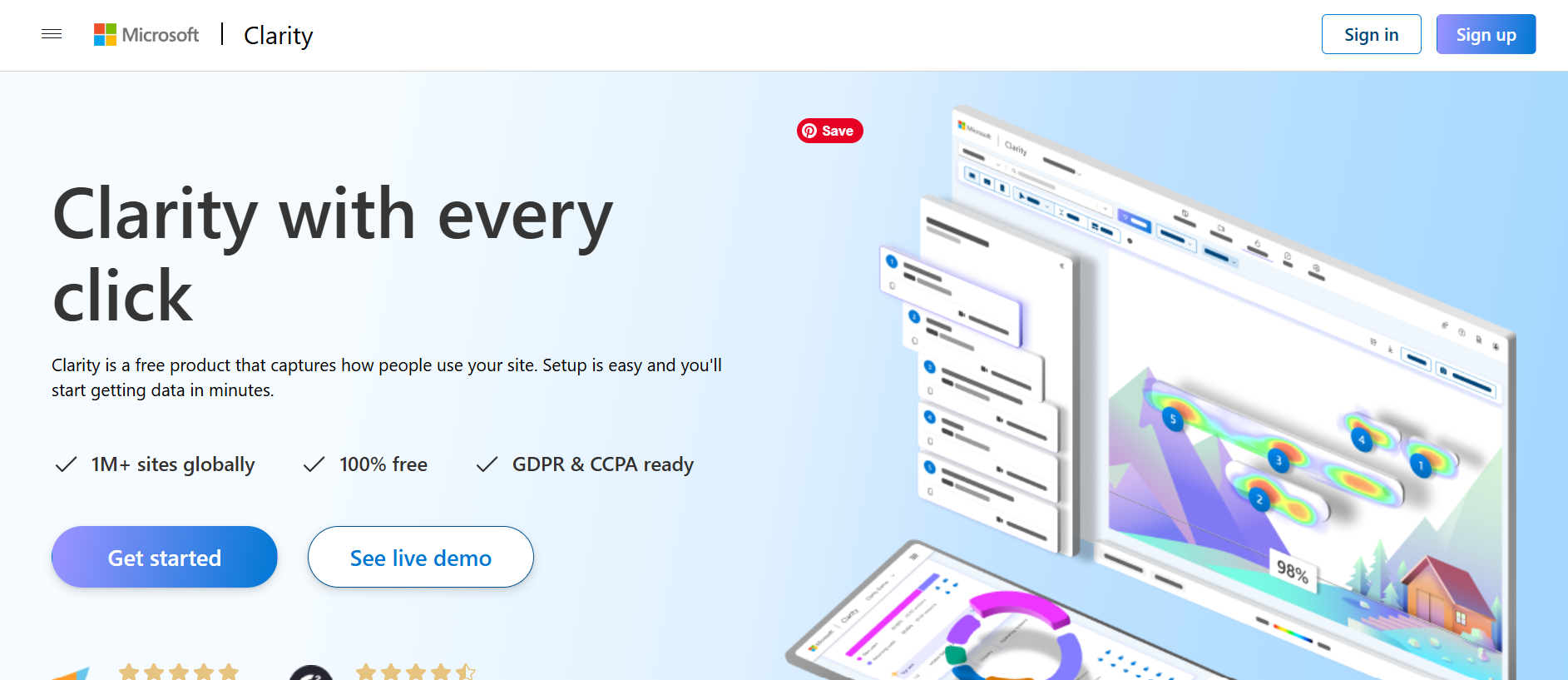
Microsoft Clarity offers heatmaps and session recordings, seamlessly integrating with Google Analytics for enriched analysis. Its features, such as the detection of frustrated clicks, help refine site optimization.
Meltwater
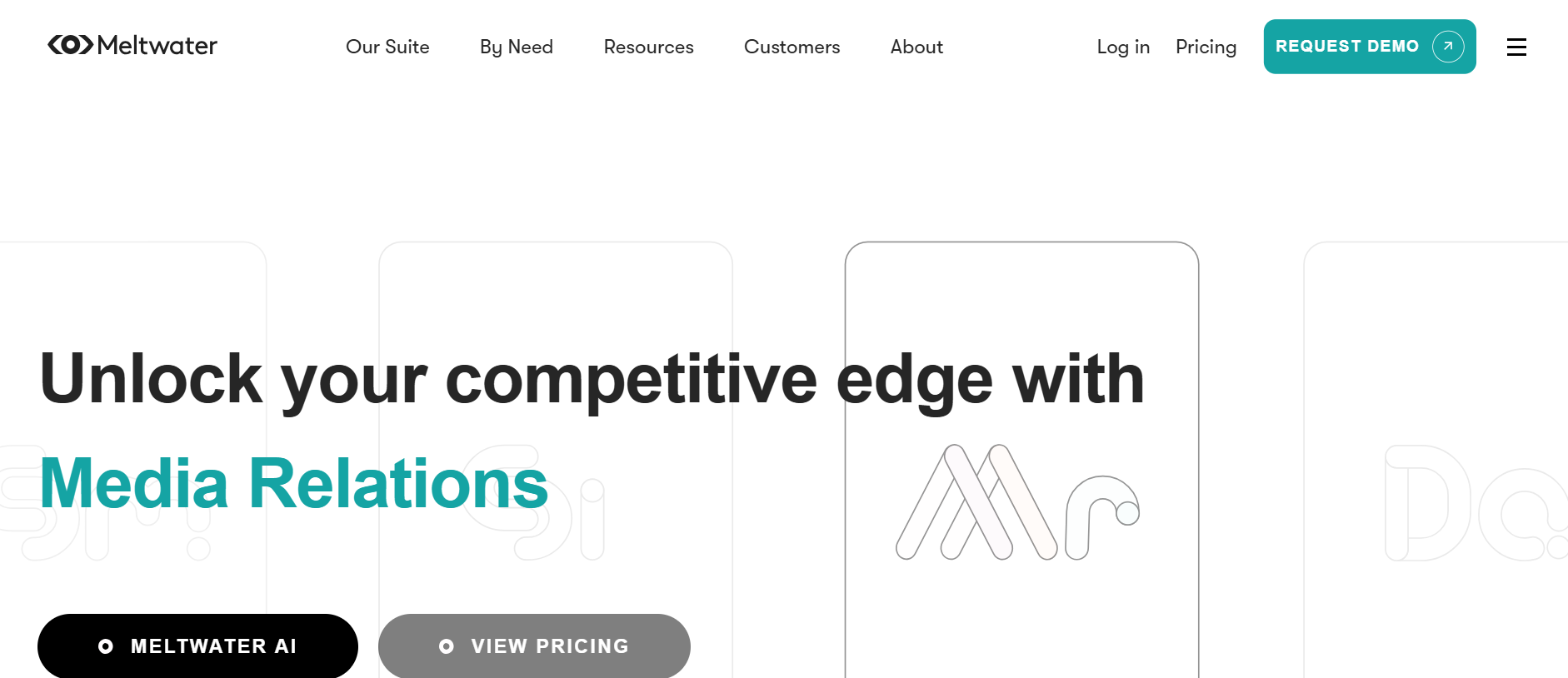
Meltwater, powered by artificial intelligence, monitors media coverage and market trends, analyzing conversations on social networks. This platform provides predictive insights to enhance customer understanding and develop data-driven strategies.
Brandwatch
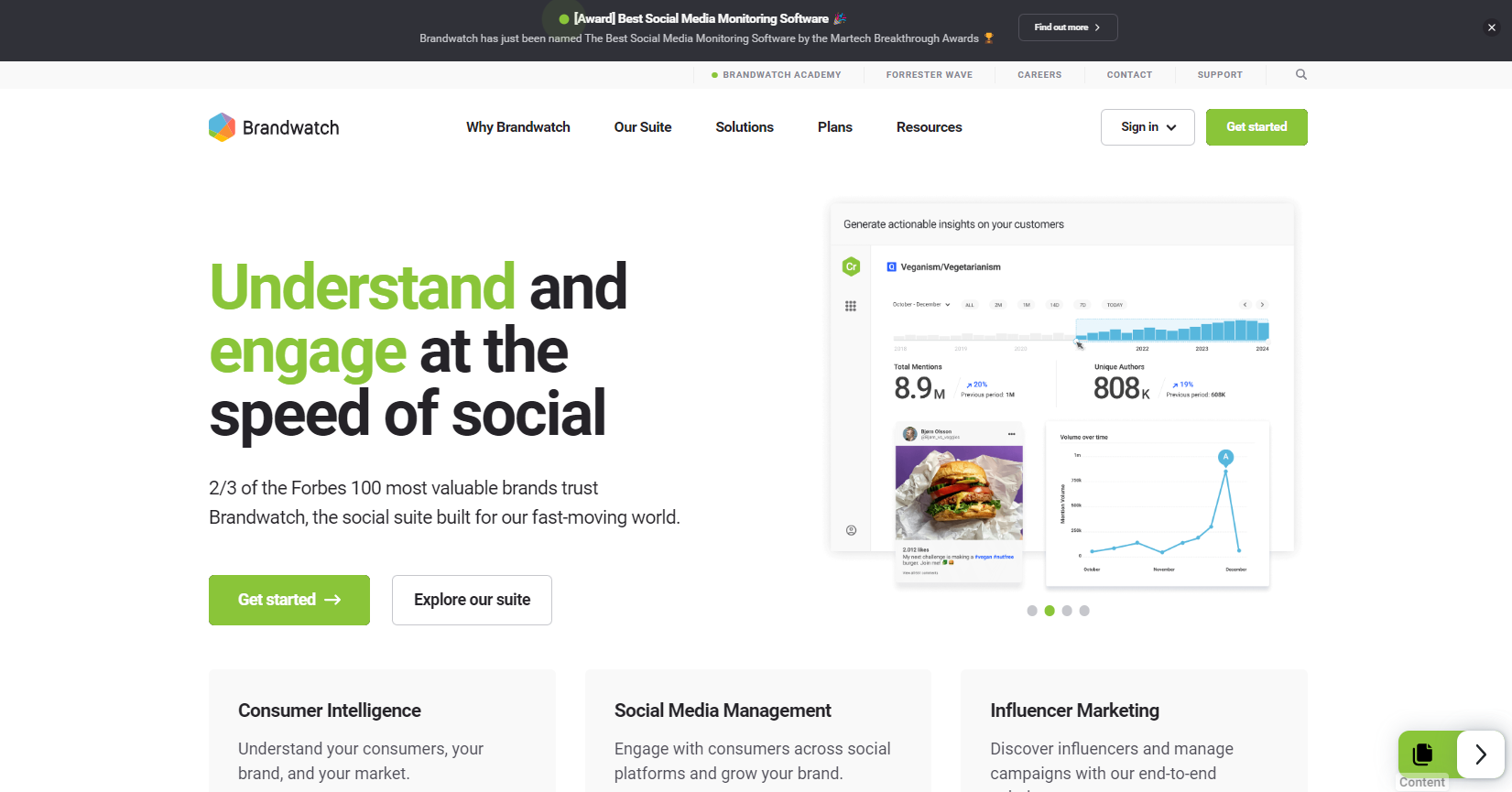
Brandwatch is a customer intelligence platform delivering historical and real-time data, utilizing predictive analysis to anticipate consumer needs and identify market trends.
Mixpanel
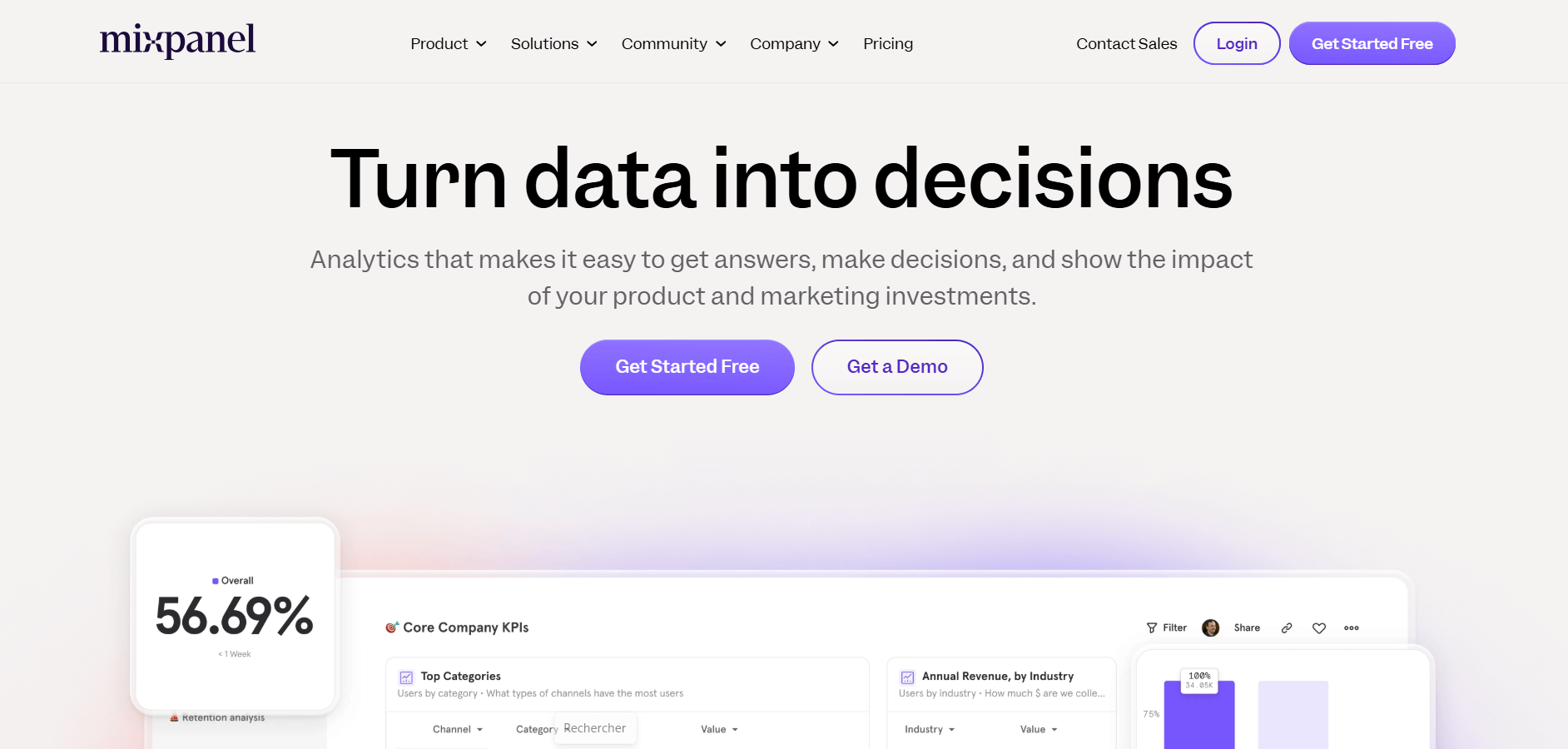
Mixpanel facilitates product analytics for mobile and web applications, enabling detailed user segmentation to identify weaknesses in the user journey and optimize product iterations.
Smartlook
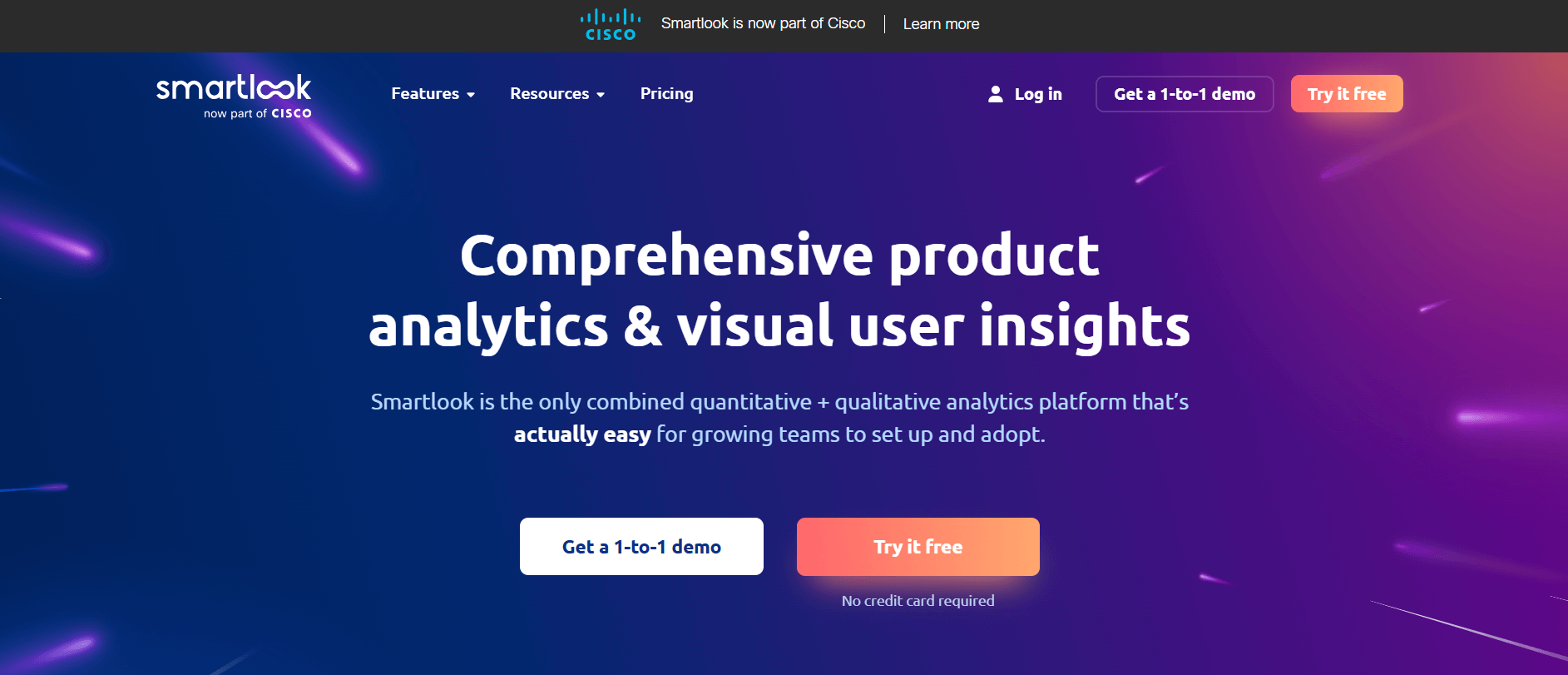
Smartlook provides advanced behavioral analysis, including session recordings and heatmaps, for a deeper understanding of the motivations behind user actions.
Kissmetrics
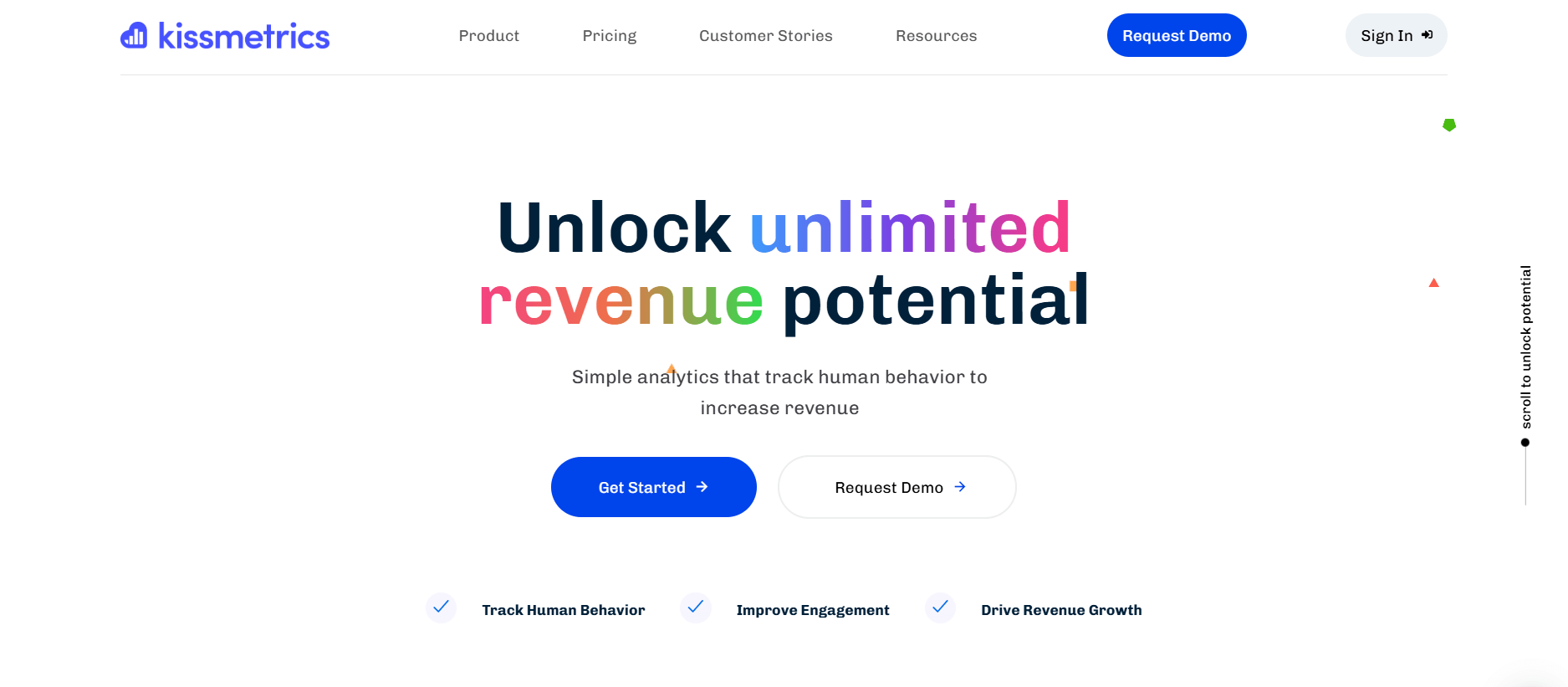
Kissmetrics offers detailed analytics on site visitors and their interactions, allowing businesses to create targeted marketing campaigns and track user engagement.
Are you ready to turn this into a growth lever for your business?
By understanding what motivates, interests, and influences consumers' purchasing decisions, brands can design tailored marketing campaigns, optimize customer experiences, and foster lasting loyalty.
Behavioral analysis tools like Google Analytics, Hotjar, and CRM systems play a crucial role in collecting and analyzing data on customer interactions.
However, for a deeper understanding and more personalized interactions, conversational analysis proves invaluable.
Sentiment analysis, using tools like Empower, provides a detailed view of exchanges between teams and customers. By transcribing and analyzing calls quickly, these tools help identify trends, specific needs, or friction points in interactions.
This data-driven approach helps businesses better understand customer needs and adjust responses in real-time for more relevant and effective service.
Going further, these tools enable increased personalization in interactions. By detecting customer keywords and sentiment analysis, they refine commercial strategies, improve prospect follow-ups, and build lasting relationships.
By transforming every conversation into a business opportunity or learning moment, Empower helps companies stand out with a seamless and memorable customer experience. Try Empower for free now!
Customer Behavior FAQ
What is customer behaviour analysis?
Customer behaviour analysis is a key marketing method focused on observing and analysing the actions and decisions taken by customers. This technique enables businesses to understand their customers' motivations, purchasing habits, and consumption behaviours.
It focuses on the consumers' actual actions rather than their words, aiming to uncover the factors influencing their behaviour, such as needs, motivations, expectations, selection criteria, and social influences. This helps businesses strategically adjust or guide their responses to customer behaviours.
The analysis encompasses all stages of the customer's interaction with the brand, from the initial awareness to the post-purchase evaluation of products or services. Understanding these stages allows businesses to personalise the customer experience and optimise their service.
The data necessary for this analysis can be collected through various channels, such as websites, mobile apps, social networks, and physical stores. Analysing this data reveals trends and behavioural patterns, guiding businesses toward more targeted and predictive marketing strategies.
How to conduct customer analysis?
To carry out customer analysis successfully, follow several steps:
- Start by collecting quantitative and qualitative data on customer interactions via various channels, such as websites, mobile apps, social networks, and physical stores.
- Use analytical tools like Empower, Google Analytics, Hotjar, or CRM systems to gather and process this data.
- Then identify trends and behavioural patterns by examining preferences, purchasing habits, and points of contact.
- Leverage this information to personalise the customer experience and design specific marketing strategies.
How to analyse customer behaviour?
Customer behaviour analysis involves several key steps:
- Start by defining your objectives and identifying relevant data sources, such as web interactions, emails, social media, and physical stores.
- Use tools like heatmaps, session recordings, and surveys to collect data.
- Analyse this data to uncover behavioural trends, and use methods like RFM analysis (Recency, Frequency, Monetary value) to segment your customer base.
Apply these insights to create tailored marketing strategies, improve the customer experience, and strengthen loyalty.
What are the 3 principles of consumer behaviour?
The principles of consumer behaviour are divided into three main categories:
- Rational factors: Price, quality, and practicality, which influence purchase decisions.
- Irrational factors: Emotions and desires, which have a significant impact on choices.
- Social/personal factors: Influence from groups and opinion leaders, which also affect buying behaviour.
What are customer behaviors?
Customer behaviours manifest in various ways, including the frequency of purchases, the volume and value of products or services acquired, and the preferred mode of consumption (online or in-store).
Some customers may adopt practices such as:
- Showrooming: Visiting a store to examine a product before purchasing it online.
- Webrooming: Researching a product online before buying it in-store.
Additionally, customer engagement on social media and their reaction to marketing campaigns are key indicators of their behaviour.



